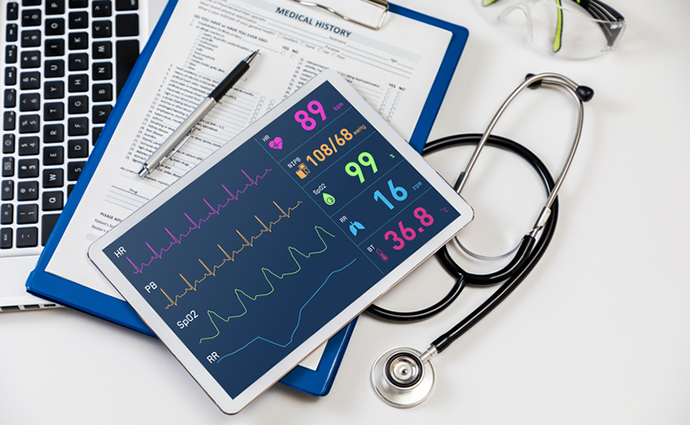What Will Happen With Telehealth When the Emergency is Over?
Providers are using telehealth and mHealth now to take on the Coronavirus pandemic. They should also be capturing quality data and fine-tuning business plans to keep that momentum going after the emergency ends.

Source: ThinkStock
- As healthcare providers embrace new telehealth and mHealth services to address the Coronavirus pandemic, they should remember one thing: Capture and store all the data.
Federal and state agencies are revising guidelines and reducing barriers to connected health at a dizzying pace, giving providers the opportunity to try things they’ve hesitated to try before. But these new freedoms will only last as long as the emergency, and experts worry that the telehealth wave will wane if the momentum isn’t maintained.
(For more coronavirus updates, visit our resource page, updated twice daily by Xtelligent Healthcare Media.)
“We’re all dealing with what’s directly in front of us right now,” says Thomas B. Ferrante, senior counsel with the national law firm of Foley & Lardner, one of the top telehealth firms in the legal landscape. “But when (the pandemic) is contained, will all of this suddenly, abruptly stop?”
“It just can’t stop in one day,” he adds. “There has to be some sort of transition period.”
READ MORE: Senators Propose Additional Funding for Telehealth in Nursing Homes
To date, Congress has been enacting relief packages that include massive amounts of money for telehealth expansion to contain the pandemic, treat patients in isolation and give providers new tools, and Medicare and Medicaid programs have reduced traditional barriers to coverage on everything from modalities to co-pays to geographical limitations.
Other agencies have stepped up as well, the Office of Civil Rights is easing up on HIPAA enforcement for the time being, giving providers the leeway to use platforms like Skype and FaceTime for telemedicine sessions, and the Federal Communications Commission is expanding its efforts to put more money and resources into the hands of rural and remote communities that need better broadband.
Not all the announcements have been clear-cut. Last week Vice President Mike Pence announced that the federal government would be issuing a regulation allowing providers to practice across state lines. No such rule has been given yet, and many experts have questioned whether the government has the authority to do this. That authority may rest with the individual states, several of which have taken steps to allow their providers to treat patients in other states.
The flurry of activity has given hospitals and health systems plenty to consider, and many are turning to telehealth platforms and mHealth tools as they prepare for what will likely be an onslaught of patients. But Ferrante and Emily Wein, of counsel with Foley & Lardner, say providers need to make sure these new services are fully documented.
“Keep track of the data, the efficiencies and any cost savings they’re seeing, either now or potentially,” says Wein. “Quality metrics will be important.”
READ MORE: BCBS Network Waives Cost Sharing for Members’ Telehealth Coverage
Wein says she’s seeing not just the traditional trend-setters, but many other large health systems using telemedicine technology, thus creating a sizable wave that will not only help providers get used to the technology, but push all the right buttons with the public. The more use cases, the more evidence that these platforms are effective, the more likely they’ll be supported after the emergency.
But most, if not all, of the federal and state actions taken to support telehealth and mHealth will end when the pandemic is under control, and no one has talked about what happens then.
“I can’t imagine that they’re going to undo it all,” says Wein. “Now they (providers) have used it out of necessity. Now they’ve done it, and they’ve done it in big ways, and the public has seen this and they’re going to want to continue it.”
“We’re going to want that continuity of care,” adds Ferrante.
Both expect a flurry of legislation once the emergency is over, with providers pushing to continue using telehealth and lawmakers looking for ways to transition from emergency use to “normal” use. With that in mind, it will. Be important for providers to have the data that proves how well these platforms and tools helped them during the pandemic.
“This definitely sets the table for a lot of measures that were on the fringe of going forward” before the emergency took effect, says Ferrante. And afterwards, “the Legislature will be watching. The whole world will be watching to see what happens next.”
“They’re going to want to be able to activate this much more quickly next time,” adds Wein.
